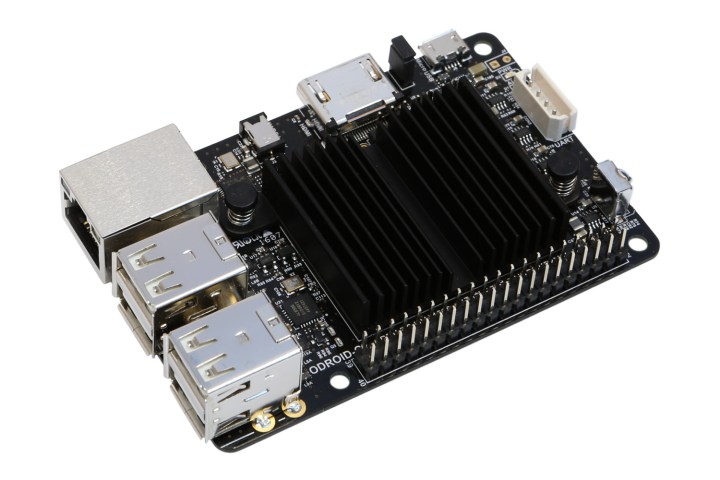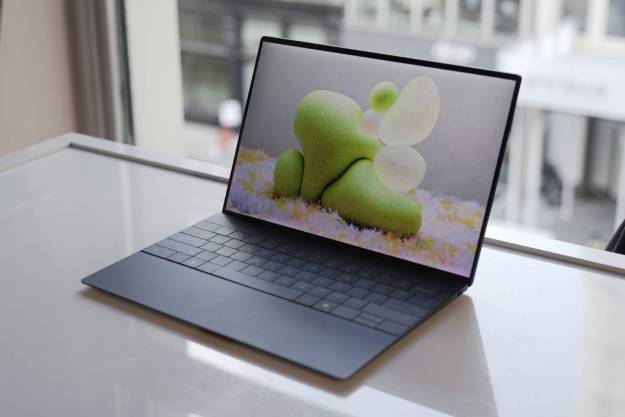
Technically the C2 was announced earlier this month, meaning that it beat the Pi 3 to the punch, but they have both been made available on the same day, so really this is the first time it’s been a viable option. Like the new Pi, it is also a third-generation device, with previous releases, the ODROID-XU4 and ODROID-C1+, offering different and more legacy-oriented hardware options.
Here’s how the new C2’s hardware stacks up against that of the Pi 3:
| Raspberry Pi 3 | HardKernel ODROID-C2 | |
| Processor | ARM Cortex-A53 1.2GHz quad-core | ARM Cortex-A53 2GHz quad-core |
| Memory | 1GB LPDDR2 | 2GB DDR3 SDRAM |
| Networking | 802.11 b/g/n Wi-Fi, Bluetooth 4.2 10/100 Ethernet |
Gigabit Ethernet |
Related: The next Raspberry Pi knows Wi-Fi
Although the hardware specifications are certainly stronger on the ODROID-C2’s end of things, with its higher-clocked processor and a larger and faster memory, it does not support native Wi-Fi and Bluetooth wireless connection standards by default. It also costs $10 more, as the Pi 3 comes in at just $30.
Other specifications for the C2 are more in line with the Pi 3, with a similar number of USB 2.0 ports and an HDMI connector for video/audio.
Since the original release of the first Raspberry Pi, we’ve seen an explosion in micro, single-board computers, and this has really helped kick-start a new indie development movement over the past few years. However, while the C2 and others have offered competition, the Pi is still the most recognizable offering, and as Liliputing points out, the lack of a strong community pushing development forward may mean that the C2 does not become as popular as it might otherwise.
You can pre-order an ODROID-C2 from the official store here.
What do you think of the hardware the C2 offers? Do you prefer it to the Pi 3 and its built in wireless connectivity?



